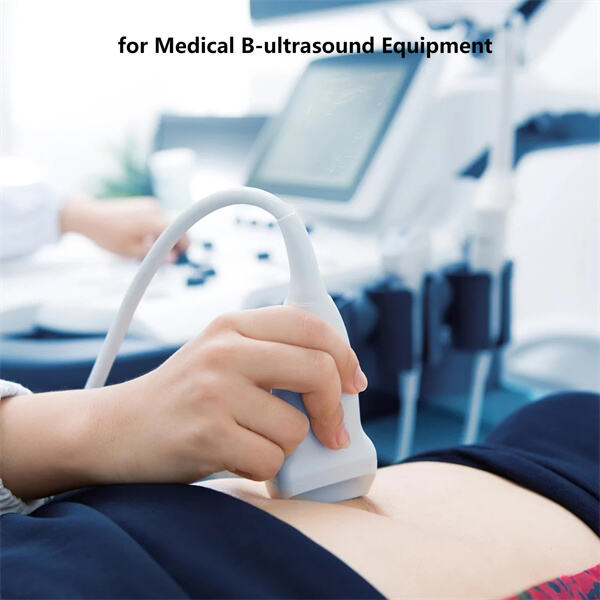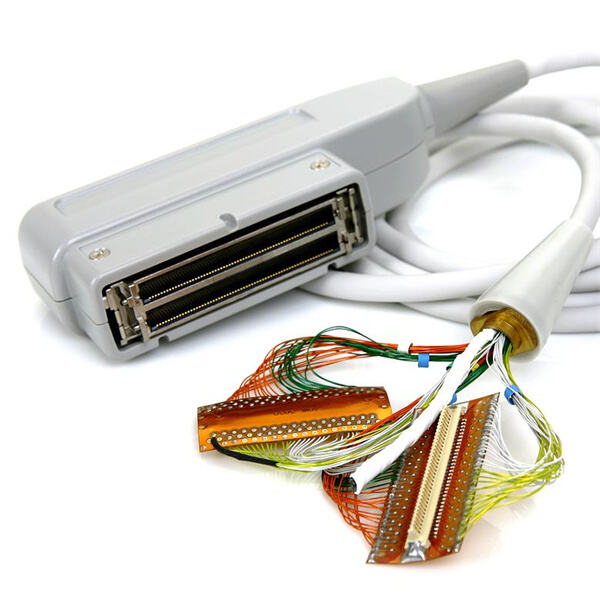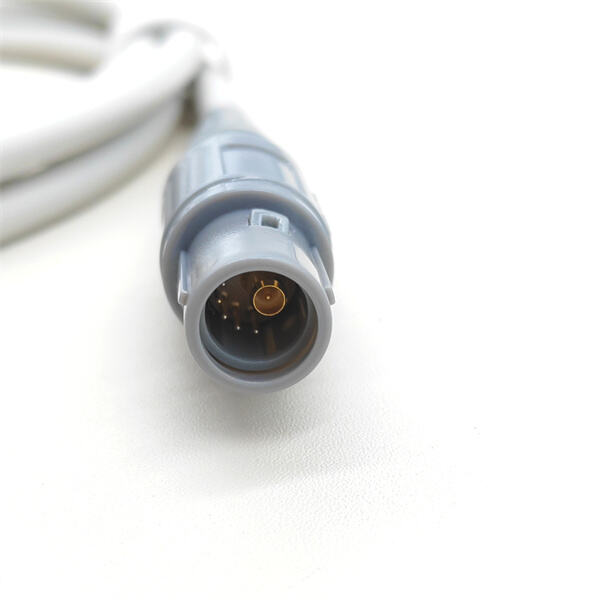Щоб допомогти лікарям та лікарням, пациент виробники медичних кабельних з'єднань є дуже важливими. Без якісних кабелів пристрої, які допомагають лікарям виявляти проблеми у пацієнтів, не будуть працювати правильно. Ці кабелі мають бути міцними та високоякісними, щоб забезпечувати безпеку та захист пацієнтів.
Кабелі для медичного обладнання з'єднують різні пристрої всередині лікарні або кабінету лікаря. Вони допомагають пристроям, таким як рентгеновські апарати, ЕКГ та ультразвукові сканери, передавати важливу інформацію лікарям. Якщо ця інформація є ненадійною між цими кабелями, вона може бути втраченою або заплутаною, що може бути небезпечним для пацієнтів. Тому лікарні повинні використовувати високоякісні кабелі від відомих виробників, наприклад, HOTTEN.
Щодо догляду за пацієнтами; перший пріоритет - безпека. Кращі розробки HOTTEN виробник медичних кабелів спroектовані для тривалої ефективності та надійності в сфері охорони здоров'я, що дозволяє лікарям бути впевненими у їх функціонуваннi кожен раз, коли вони потрібні. Це забезпечує правильну діагностику та лікування пацієнтів без помилок. Більниці можуть надавати більш безпечну та надійну медичну допомогу своїм пацієнтам, використовуючи якісні кабелі.

Iснують різні типи кабелів від HOTTEN нестандартні медичні кабелі , кожен з яких призначенний для певного розв'язку. Деякі кабели з'єднують ЕКГ-апарати з грудними клапками пацієнтів; інші передають зображення від рентген-установок; ще деякі моніторять життєво важливі показники пацієнтів. Але кожен тип кабелів має свої унікальні функції, тому лікарі та персонал лікарень повинні знати, як правильно ними користуватися. Правильні кабелі можуть бути вирішальними для правильного функціонування пристроїв у лікарнях.

Забезпечуючи відповідну опеку спеціальні медичні кабельні з'єднання можна забезпечити їхнє оптимальне стану. Це означає регулярно перевіряти їх на наявність знаків зношеності, переконуватися, що вони чисті від пилу та бруду, а також правильно зберігати їх, коли вони не використовуються. Якщо медичні працівники дотримуються цих простих порад, лікарні можуть продовжити тривалість свого кабельного зв'язку та запобігти проблемам під час лікування.

Кабелі вдосконалюються разом з розвитком технологій. Дяки новим дизайнерським рішенням та матеріалам, кабелі стають ефективнішими, точнішими та надійнішими, ніж коли-небудь. Деякі кабелі, наприклад, тепер мають сенсори, які можуть сигналізувати про несправність та повідомляти персонал лікарні. Існують також кабелі, що виготовлені з більш міцних компонентів для забезпечення тривалої довговічності та функціональності. Пациєнти заслуговують на найкращий у照д, і лікарні повинні бути на чолі у медичних технологіях, адаптування до еволюції ідей у медичному обладнанні. rf кабельні збірки щоб зробити це.